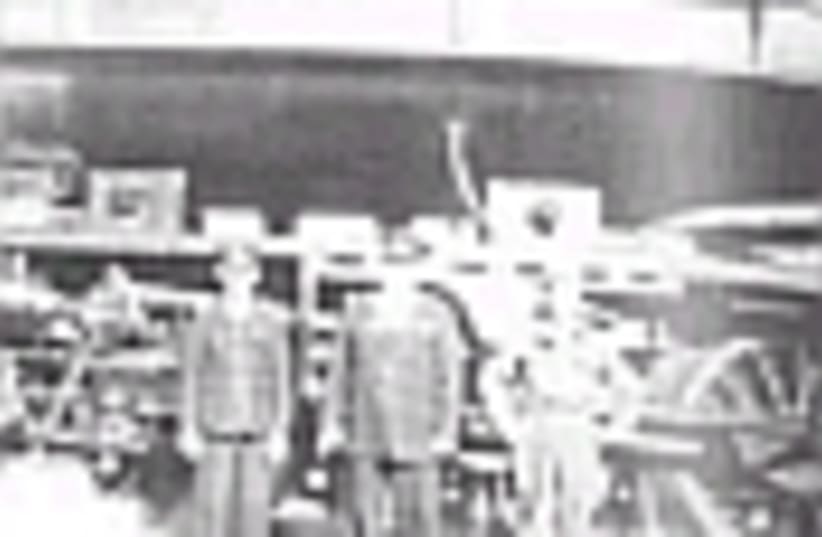| More about: | Israel, David Ben-Gurion, World War I, Sea of Galilee |
Time travel
100 years ago, a train ambled from Damascus to Haifa. Now it's coming back - this time from Jordan.


| More about: | Israel, David Ben-Gurion, World War I, Sea of Galilee |